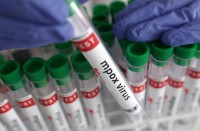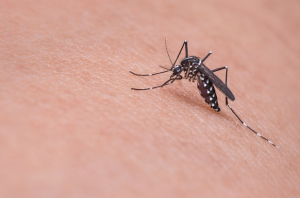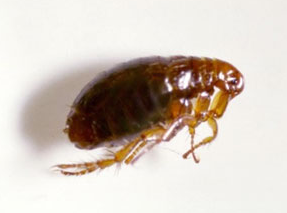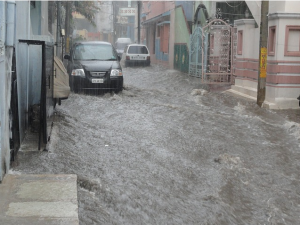 QUEZON City, Philippines (September 23) – The rainy season may be close to being officially over according to the PAGASA but you’ll never know it from the torrential downpours and sudden thunderstorms all over the metro. And what comes after a heavy rain is not just a rainbow but also flood. Are you healthy enough to withstand a flood’s deleterious effects on your body?
QUEZON City, Philippines (September 23) – The rainy season may be close to being officially over according to the PAGASA but you’ll never know it from the torrential downpours and sudden thunderstorms all over the metro. And what comes after a heavy rain is not just a rainbow but also flood. Are you healthy enough to withstand a flood’s deleterious effects on your body?
Flood is a common natural disaster that happens everywhere in the world. It causes a wide range of health risks and diseases such as water-borne diseases that are transferred through contaminated water and vector-borne diseases which are transmitted by the means of insects such as mosquitoes and fleas.

Malaria, dengue and yellow fever are all examples of vector-borne diseases. According to researchers malaria alone causes 600,000 deaths per year and 2.5 billion people are at risk with dengue. While the World Health Organization says that over 3.4 million deaths every year were caused by the water-related diseases such as leptospirosis, hepatitis, cholera and typhoid fever.
There are various ways to avoid this diseases, first, use clean drinking water or boil it. Then, disinfect the children’s toys that have been in contact with the dirty water, do the same with the clothes and kitchen utensils. Also, don’t forget to drain stagnant water, use mosquito repellent and wear long sleeves, pants and socks if possible especially at evening and dawn. If any symptoms persists like severe head ache, abdominal discomfort, diarrhea, fever and weight loss get in contact with a doctor as soon as possible.
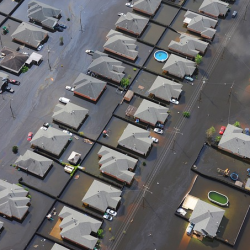 Improving knowledge about the flood and its aftermath can save and protect lives. Remember, learning means surviving.
Improving knowledge about the flood and its aftermath can save and protect lives. Remember, learning means surviving.
(written by Alanna Marie Ambil, edited by Jay Paul Carlos, additional research by Lovely Ann Cruz)




